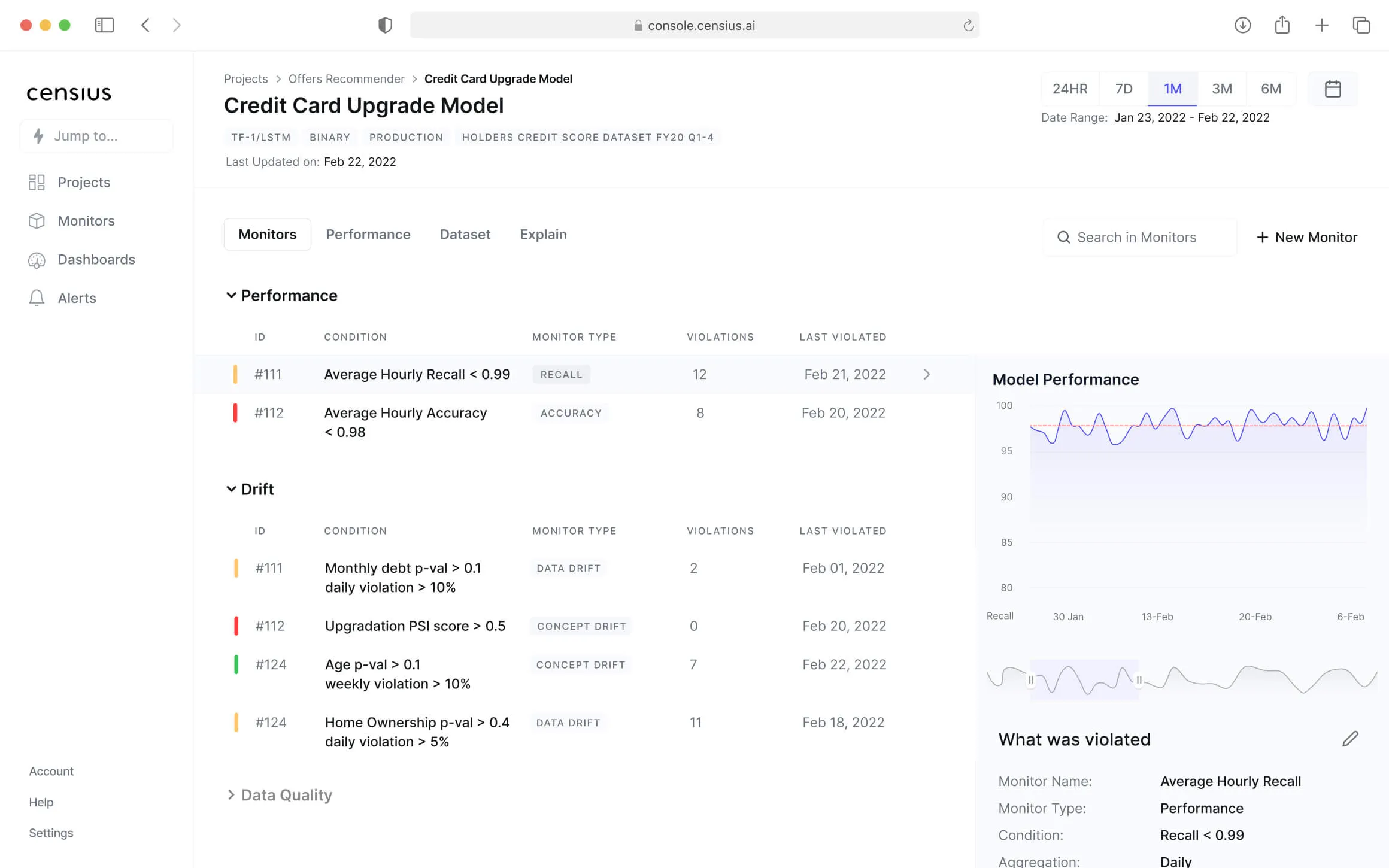*This is the second part of a two-part series on data pipelines.
In part one of the data pipeline series, we covered what data pipelines are, why you need them, the different types of data pipelines, their architecture, and the components of a data pipeline. If you haven’t read it, we strongly advise you to do so.
Recommended Reading: Data Pipelines Part-1: Key Components To Consider Before Building Data Pipelines
This article will answer how to build reliable data pipelines while suggesting some tools and shedding some light on the build vs. buy decision.
How to Build Reliable Data Pipelines?
Data scientists and ML engineers need to be highly cautious while developing and deploying data pipelines, for they form the essence of any data-driven solution. The constructed data pipelines must deal with all real-world complexities to return optimized outputs.

- Monitor your pipelines thoroughly
Every pipeline must contribute to adding value to the solution. Therefore, the overhead charges exhausted in developing and deploying the pipeline would be wasted if the pipeline is ineffective. All approaches must be checked before the most cost-efficient and feasible solution is deployed. The logic to join, group, aggregate, and filter data is fundamentally the same whether executed as part of a data pipeline or as part of a query operation. Therefore, it is essential to note that all the pipelines deployed in an application must add insightful inputs to the application’s functionality.
- Data volatility
The fact that data is vulnerable primarily to the largely fluctuating trends in the production environment is no secret. Variations in consumer needs, tips and troughs in the market, and requirement analysis drifts are a few of the many reasons contributing to the dynamics of the production environment in real-world data. Consequently, assessing an organization’s persisting data infrastructure and compute capabilities is mandatory to understand the data processing architecture that would need to be instated.
- Understanding infrastructural simplicity
Any data-based infrastructure seeks to instill simplicity into its workflows—the number of services running at one instance, adhering to data security policies and regulatory compliances. Determining the most straightforward possible approach to resolving these inconsistencies and complexities is the best way to govern data intricacy.
- Monitor your expenses
The productivity and efficiency of a data pipeline boil down to the cost-effectiveness of the data pipeline. Creating the foundations for data pipelines and cementing business solutions over them is both costly and time-consuming. Therefore, care must be taken to factor in the overall charges rendered in the pipeline development, management, troubleshooting, and deployment phases.
Tools to Facilitate Pipeline Development
Batch processing
Tools to facilitate data pipelines processing for voluminous yet static datasets include:
Real-time processing
Tools to facilitate the processing of real-world /streaming data pipelines:
Advantages of Building Data Pipelines

Reusability and regeneracy
Individual pipes are seen as examples of patterns in a more extensive architecture that may be reused and repurposed for new data flows when data processing is viewed as a network of pipelines.
Time efficiency
Having a familiar concept and tools for how data should flow through analytics systems makes it easier to plan to ingest new data sources and minimizes the time and expense of integrating them. Throughout the scope of the cycle, data pipelines help speed up the commute of data from the origin to the destination across the various transits for processing and development.
Layers of data quality
Passing through numerous filters and layers of processing polishes the data before it reaches the destination. This improves the data quality and minimizes the likelihood of undiscovered pipeline breakdowns.
Agility in the platforms
Data pipelines provide a scalable interface to log changes and alterations in the workflows and version them. Extensible, modular, and reusable data pipelines are a more prominent topic in data engineering that is very significant.
To Build or to Buy-That is the Question
Data pipelines can be either created from scratch or off-the-shelf. A number of factors must be considered while deciding whether a data pipeline must be built or bought.
The cost
Building a data pipeline would require a team of qualified data engineers familiar with the volatility of data and the processing phases. This is a more cost-intensive method, and thus, using off-the-shelf data pipelines would be a more cost-effective solution.
The time and the effort
The process of creating data pipelines is more time-consuming. Using off-the-shelf data pipelines is a faster solution. Data engineers put in a lot of time and effort to make the pipelines a reality. Constantly monitoring and managing data pipelines exacerbates custom pipeline construction issues. It is generally preferable to use prepackaged pipeline tools.
Customizing the data pipelines
Every business requires a different solution to cater to its demands. Especially when handling specific use cases, a vendor solution is often complicated to customize. Tailor-made data pipelines allow immense customization and authority to suit your business needs.
How to Maintain Your Data Pipelines?
Once your pipelines have been prepared and deployed, monitoring them for anomalies, outliers, and inconsistencies is paramount. An AI Observability Platform like Censius could help detect discrepancies in the pipelines and report the outliers for troubleshooting. Organizations can obtain dependable datasets for analytics thanks to a well-managed data pipeline. Data transfer and transformation can be automated, using information from many sources to be consolidated and used strategically.
Explore Censius Model Monitoring Solutions
Conclusion
Henceforth, it can be established that data pipelines are critical for routing the data from the source to their ultimate destinations. This is responsible for preserving the data-based workflows' reusability, efficiency, quality, and agility. Consequently, an end-to-end solution for automating and managing data pipelines is the need of the hour. Data pipelines can be managed by quality AI Observability platforms like Censius by automating the process of data extraction, processing, storage, and transmission. Censius allows users to exhaustively monitor and analyze data pipelines to explain the overall behavior of an ML model.

Explore how Censius helps you monitor, analyze and explain your ML models
Explore Platform
